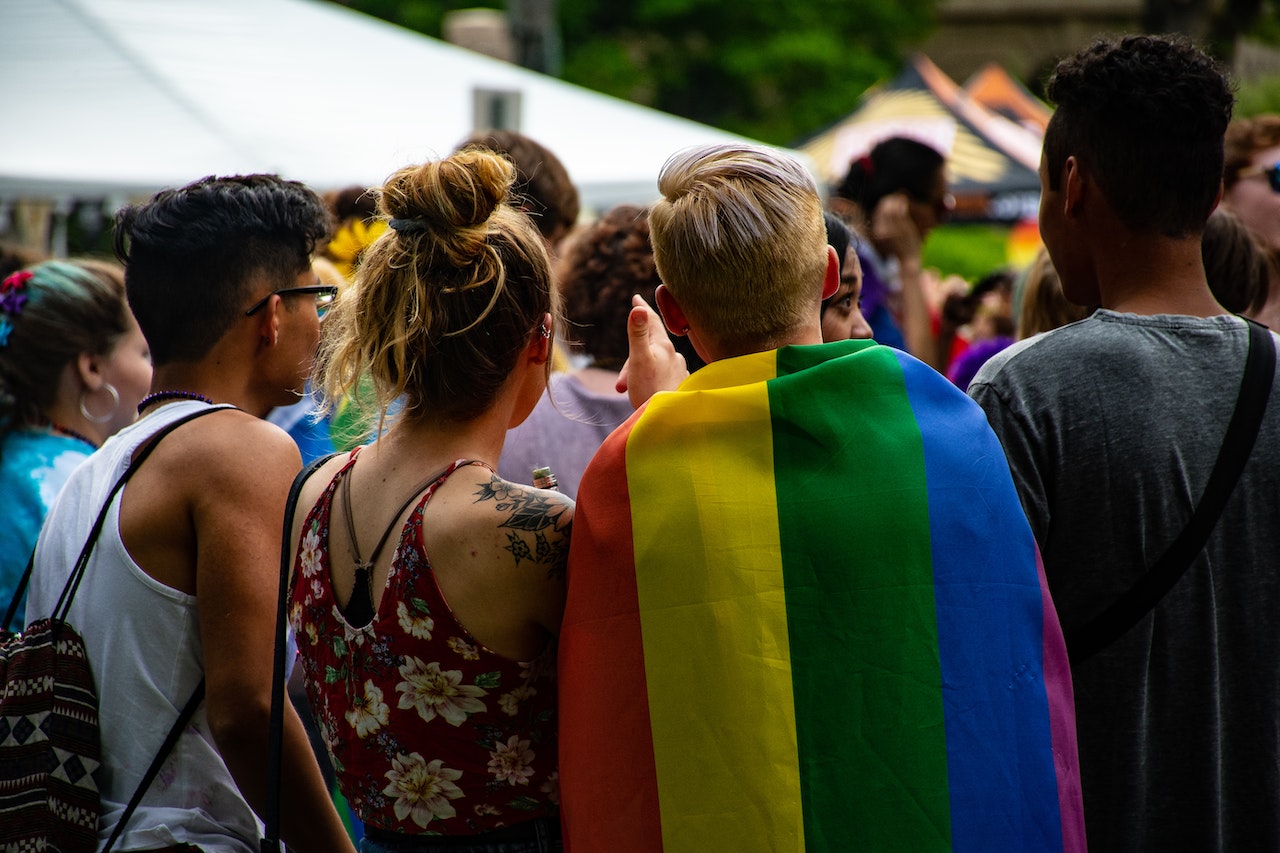Happy Pride Month! From 1-30 June, Pride Month is dedicated to the celebration and commemoration of queer pride.
One thing we love about Pride Month is how creativity takes centre stage and free expression reigns. From film festivals to gay life drawing sessions, design workshops and live music in honour of LGBTQIA+ pride, it’s all happening. We can practically see the glorious rainbow stretching across Australia as our cities and towns light up in celebration of queer folk everywhere.

Better mental health outcomes among the LGBTQIA+ community are something we absolutely need to keep pushing for – because while many LGBTQIA+ Aussies enjoy healthy, happy lives, data reveals that a disproportionate number experience poorer mental health outcomes.
According to a report by LGBTIQ+ Health Australia (LHA), 63.8% of LGBTQA+18 young people aged 14 to 21 reported having ever been diagnosed with a mental health condition. Findings also included these sobering statistics:
- 30.3% of LGBTI people aged 18 and over reported having attempted suicide at some point during their lives
- LGBTI young people aged 16 to 27 are five times more likely to have attempted suicide
- Transgender people aged 14-25 are fifteen times more likely to have attempted suicide
It’s clear from these findings that we have lots of vital work to do in Australia to support better mental health among the queer community. So, we asked Jules Camilleri, trans woman, lesbian, author, ex-youth worker and volunteer coordinator, to provide further insight into this important topic.
What does Pride Month mean to you?
"For me, Pride Month is a time to centre queer voices, to come together as a community and remember the work and struggle of past people, and the work that is still to be done. To celebrate pride over shame, even in the darkest times, and to create chances to experience joy and hope together."
Research by LGBTIQ Health Australia shows that LGBTIQ people experience disproportionately poor mental health outcomes. Do you observe mental health challenges among the LGBTIQ community you work with?
"In my experience, LGBTIQ+ people have had to be more aware of mental health concerns due to dealing with discrimination, having to unpack personal experience and trauma. The folks I have worked with have had vastly different lives and levels of privilege and marginalisation, which affects the likelihood of access to diagnosis, as well as the additional struggles that impact mental health.
Trans and gender-diverse people, as well as queer people of colour, experience a lot of additional stresses such as lower job security, higher rates of homelessness and are more likely to be the target of violence and discrimination."
The LHA report cites stigma, prejudice, discrimination and abuse as directly impacting poor mental health outcomes – is discrimination still prevalent in 2024, despite how far we’ve come?
"The simple answer is yes. Due to the work of queer people in the past, we have certainly achieved change in some areas, but for many members of our community, their right to live as themselves, and access key services, is often debated in the political sphere. The trauma and daily stress of having your very existence up for debate cannot be overstated. Things as simple as getting stable work, access to health care or to a stable rental are all things that are often more difficult for people with intersecting marginalisations."
Research tells us that creativity leads to better mental wellbeing. Can you tell us about the links between Pride Month and creativity?
"Creativity is integral to Pride Month, as it is to the queer community. Being able to express yourself, your experiences, your identity, and your point of view is a great way to feel connected and heard.
It is also a great way to get diverse voices out into the larger community. People love stories. Stories are how we relate, how we empathise, and this is key to bringing people together."




